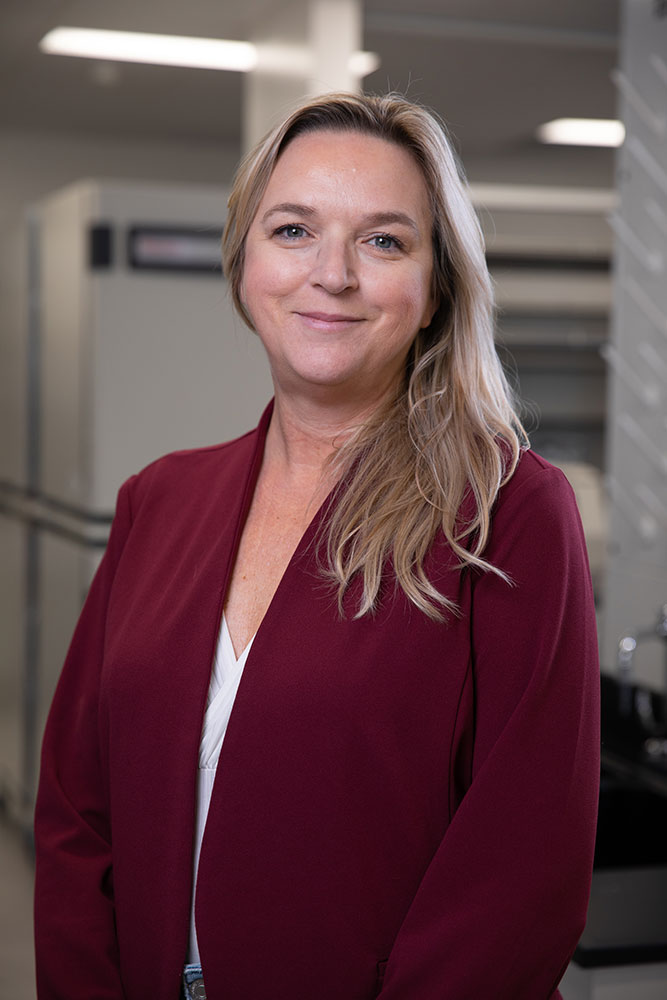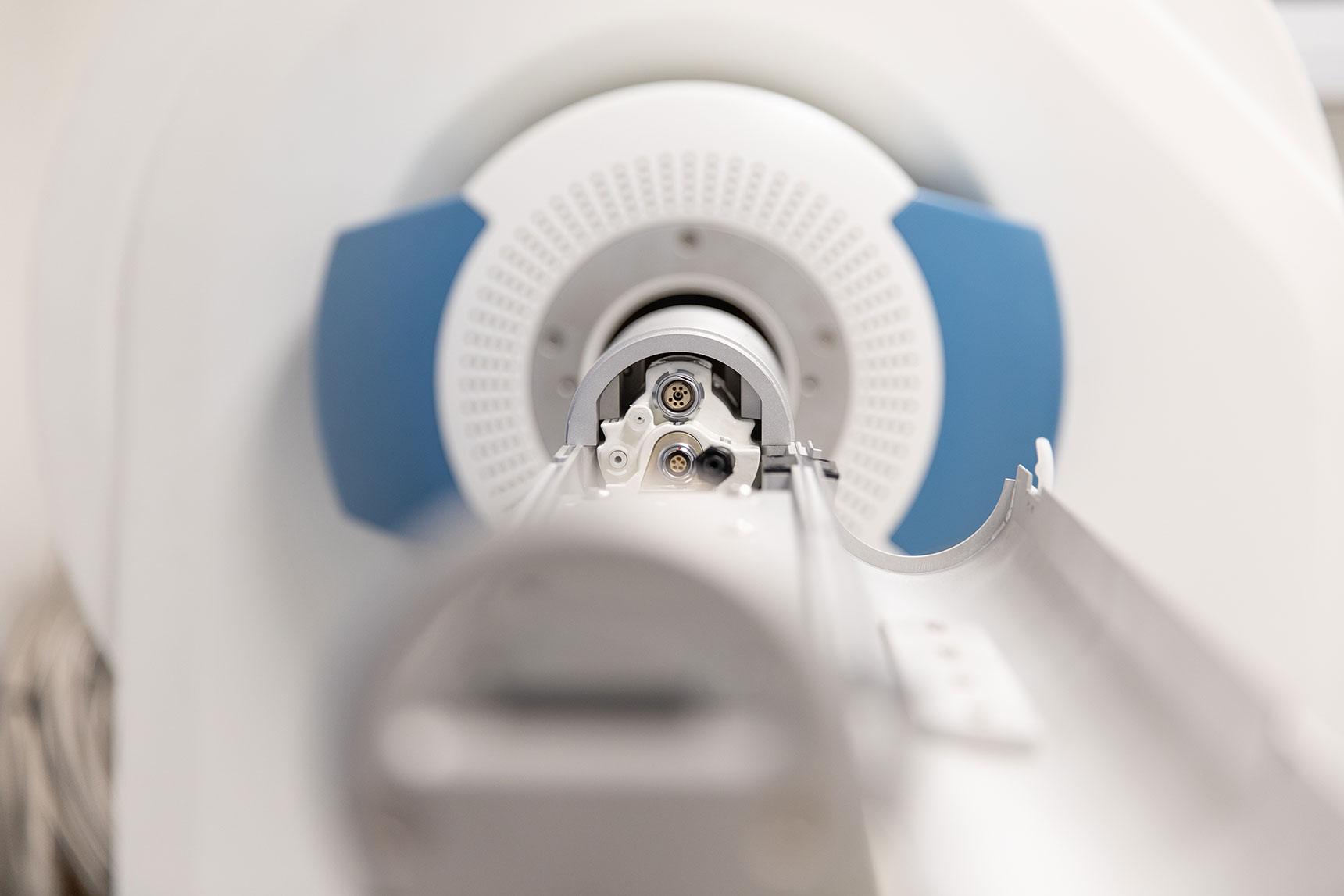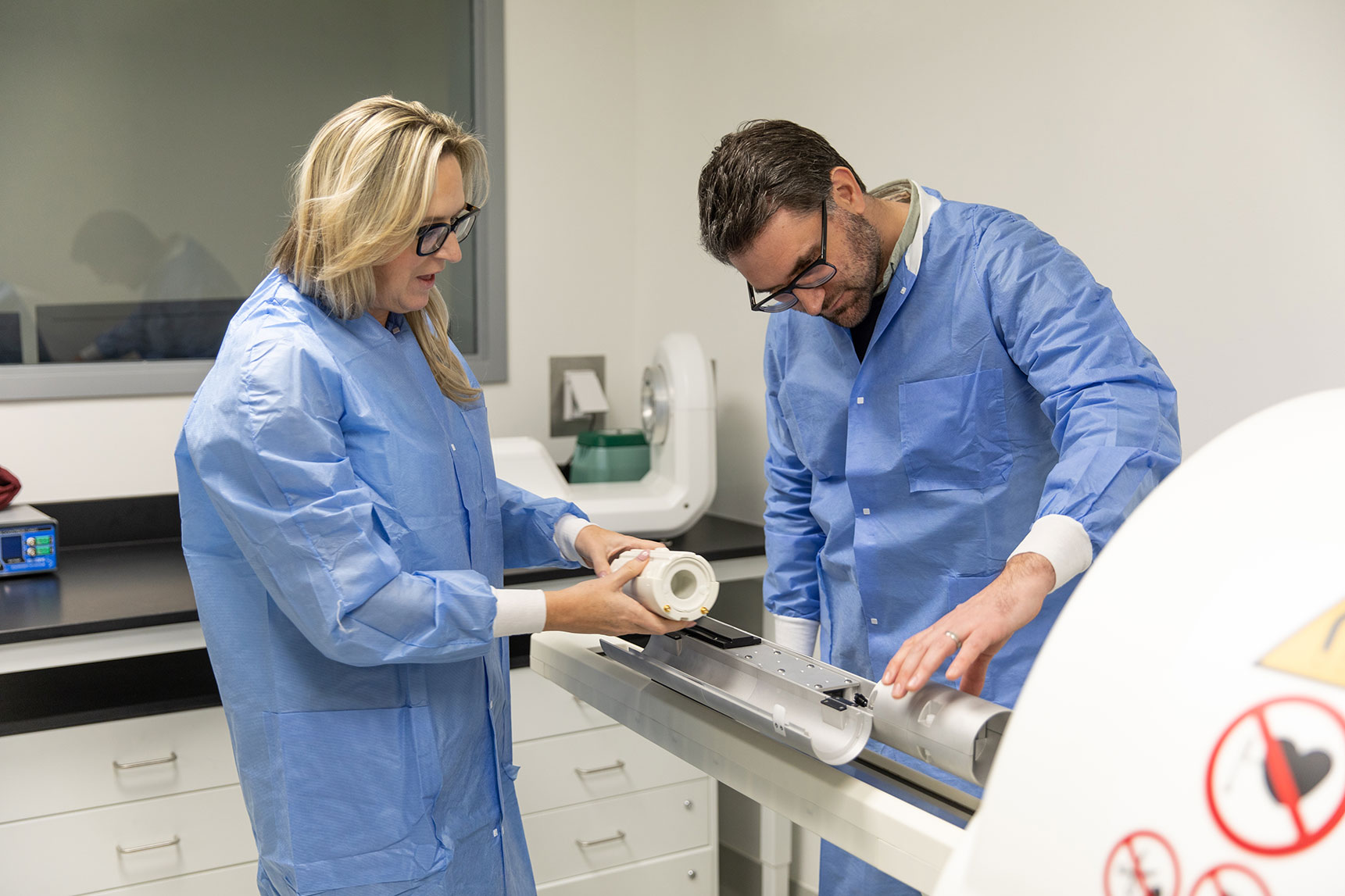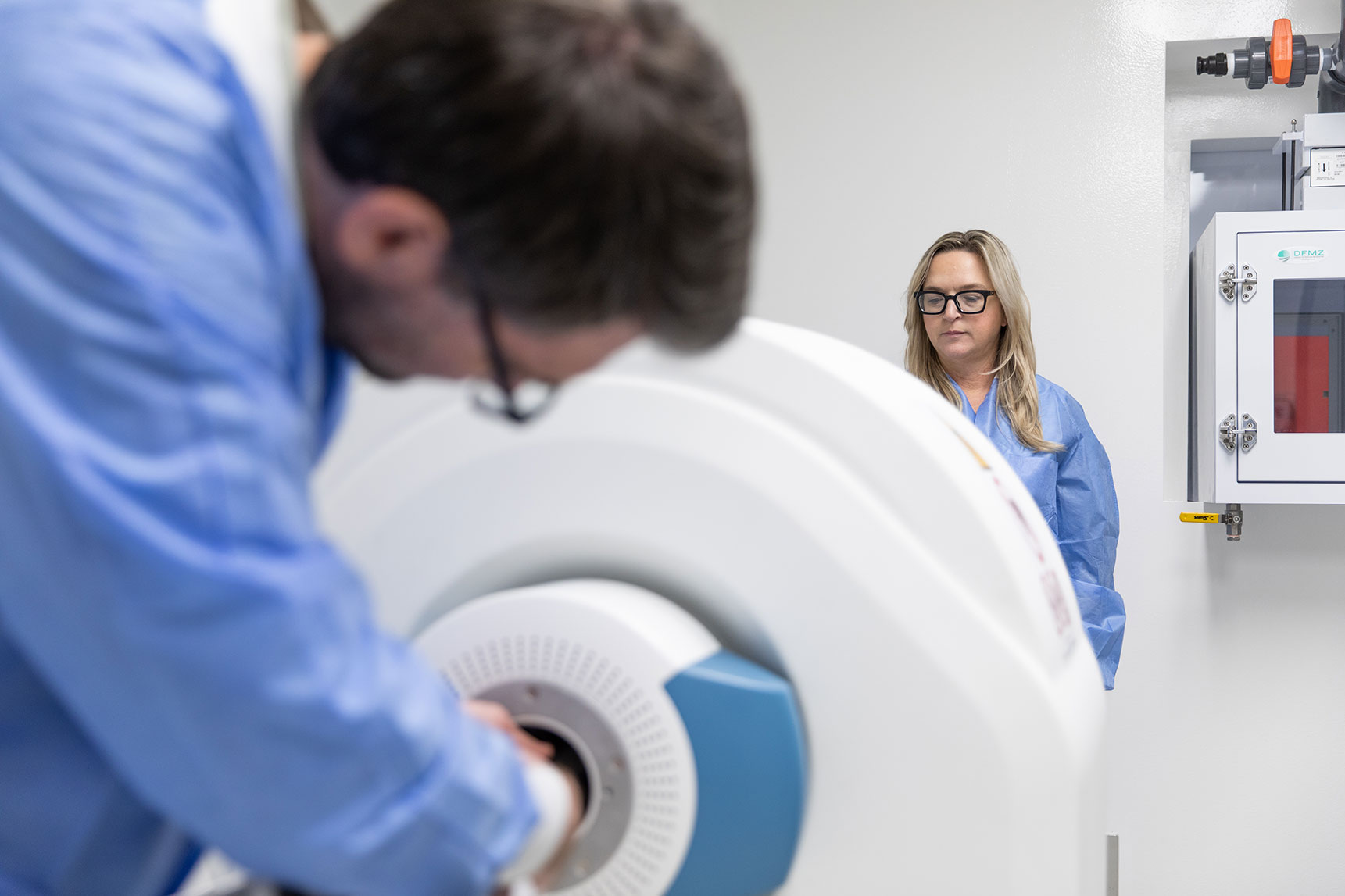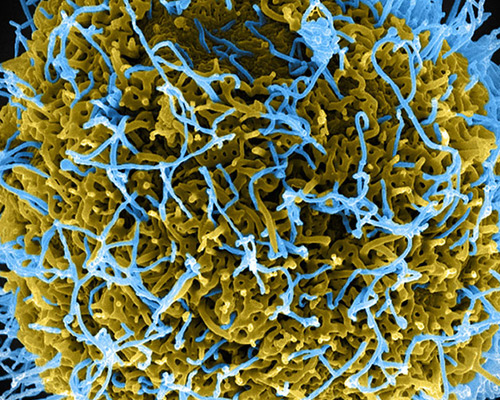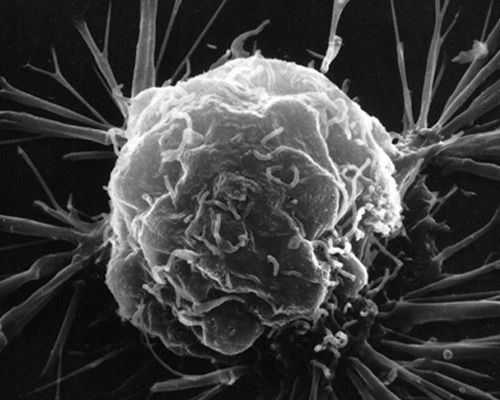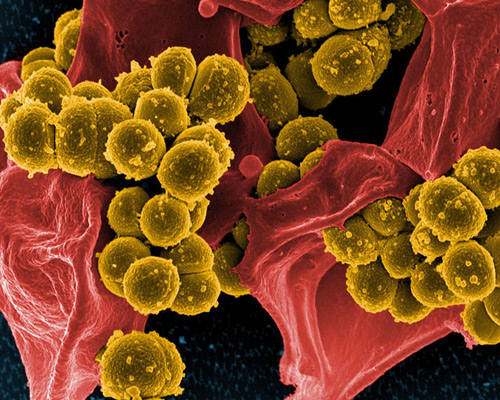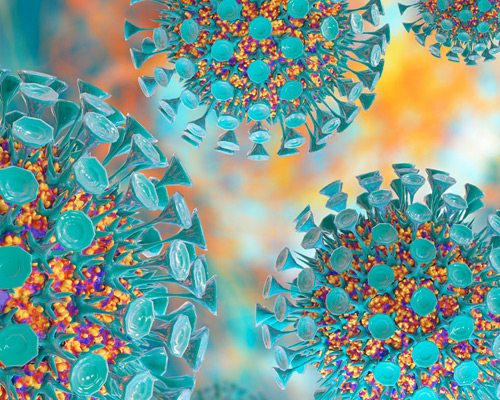Another benefit is that the equipment is housed inside ImPaKT’s Level 2+/3 containment facility, meaning live, infected animal models can be imaged.
“It’s completely unique in Canada, and it’s very rare. Nowhere have people been willing to put this huge investment in imaging equipment into a facility like this,” Foster explained.
The imaging suite’s containment level is adjustable, meaning the room can transition from level 2+ to level 3, depending on the experiments being conducted and the pathogens being worked with.
“These will be experiments that we’ve always wanted to do, but we’ve never been able to do because of the barriers of working with viruses and pathogens outside of a containment facility.”
Did you know?In Canada in 2019:
• An estimated 220,400 people were diagnosed with cancer
• An estimated 82,100 people died of cancer
*Statistics from the Canadian Cancer Society
Since the MPI technology is so new, Foster is working on ways to develop and enhance its capabilities. This will allow for improved study into the area of cell therapy, such as stem-cell-based regenerative medicine for treating arthritis or multiple sclerosis. MPI technology also has the potential to help develop novel therapies for diseases like HIV/AIDS, Zika virus and staph A.
One application Foster is currently studying with the MPI technology is cancer immunotherapy.
In immunotherapy, a patient’s immune cells are removed and modified to better fight the patient’s cancer before being reinjected back into the patient. From the injection site, the cells must travel to the lymph nodes to interact with other cells that do the cancer-killing.
“There are a lot of questions that remain about cancer immunotherapy, and a lot of them are about how many cells we should be injecting, where to inject them, and how long it takes for them to migrate to the lymph nodes,” Foster explained.
This is where imaging iron-tagged cells with MPI will be essential to track the number of cancer-fighting immune cells that make it from the injection site to the lymph nodes. The results from these pre-clinical studies can be sent to clinicians so they can modify their protocols.
“It can directly impact the patient’s outcome because the number of cells that get to the lymph nodes is directly related to the patient’s response to these types of treatments,” Foster said.
